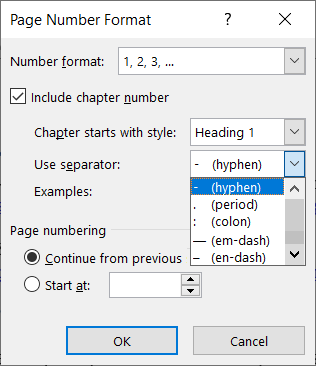

Once you have that in place, format the Heading style as you normally would - i.e., bold, centered, caps, 12 pt after, single spaced, etc. into your footers is to use one of Word's default Headings - something like Heading 7 or Heading 8 or Heading 9, preferably one of those default Heading Styles that you or your firm rarely use.Įnter a title at the top of your section or page - for instance, SCHEDULE A - but using the Heading 7, 8 or 9 style for this. The best and easiest way to get A-1, etc. If not, and you can't immediately find an error, you may have to dig in to the nitty-gritties with the help of Microsoft's "Word Help and How-to" web pages on Field Codes, such as If all has gone well, you should now see what looks like the original table of contents, except that the appendices show A-1, B-1, C-1, etc. In the "Update Table of Contents" dialog box pick "Update entire table.".


(Did anyone mention you'll need to start a new section for each appendix in order to have different prefixes?) However, to get your Table of Contents to display those prefixes you'll need a whole different technique. The preceding posts will get letter prefixes into your footers for you.


 0 kommentar(er)
0 kommentar(er)
